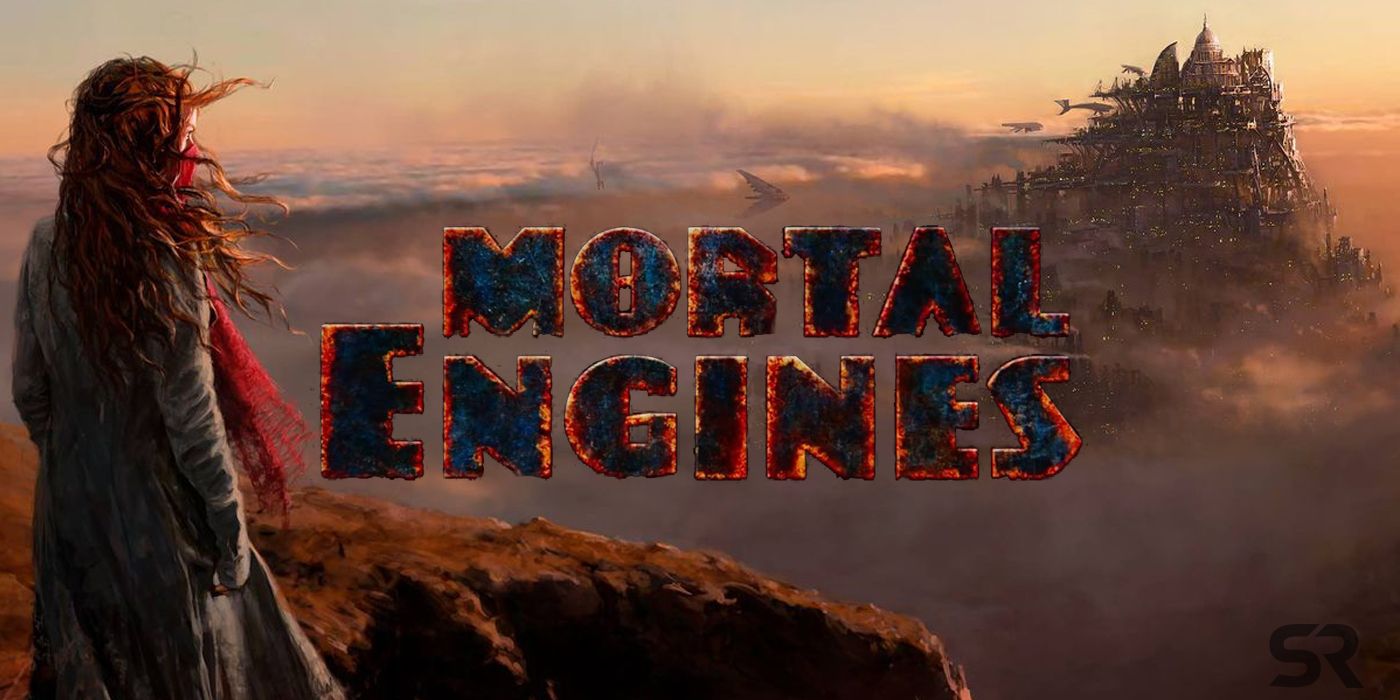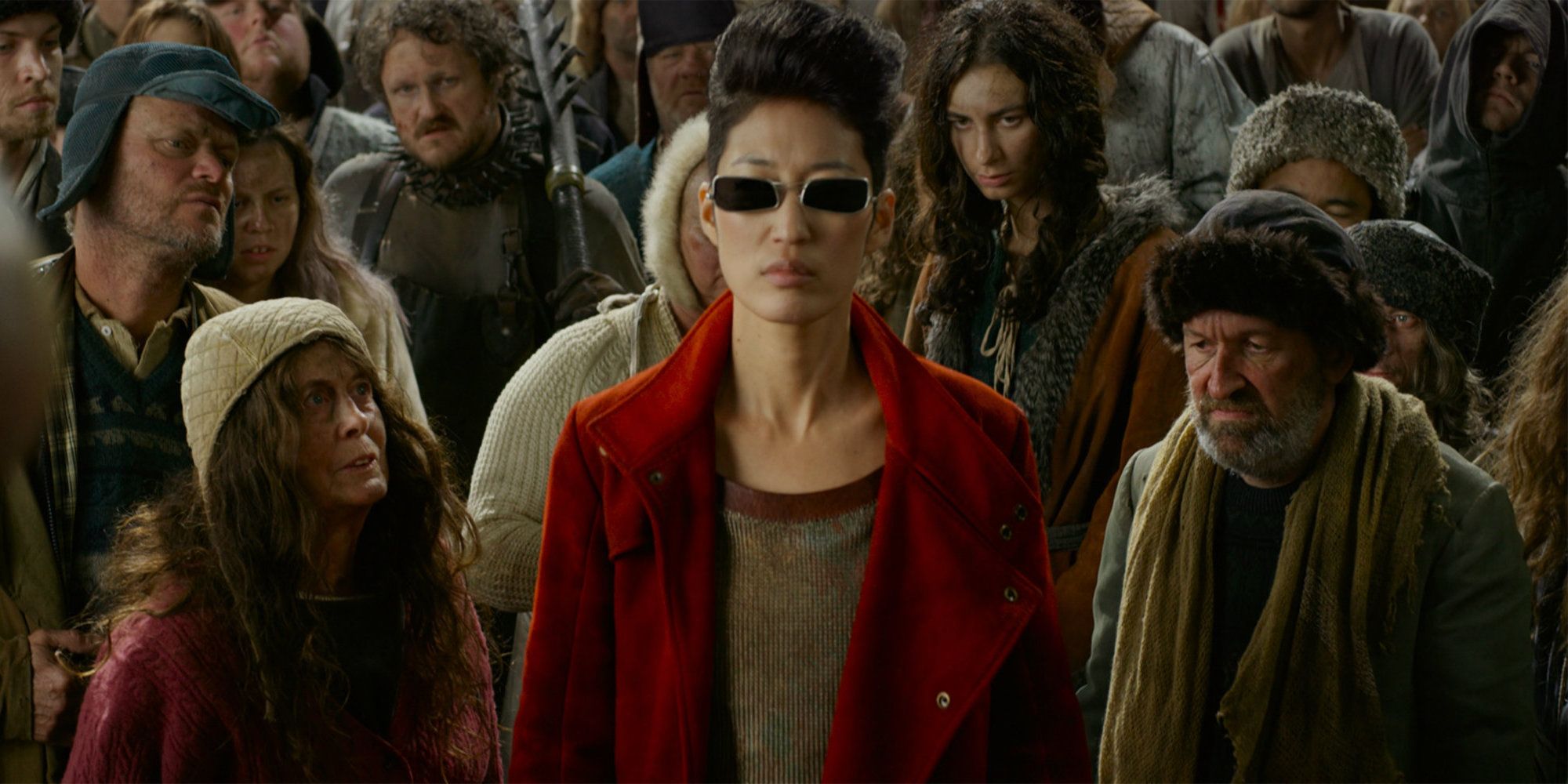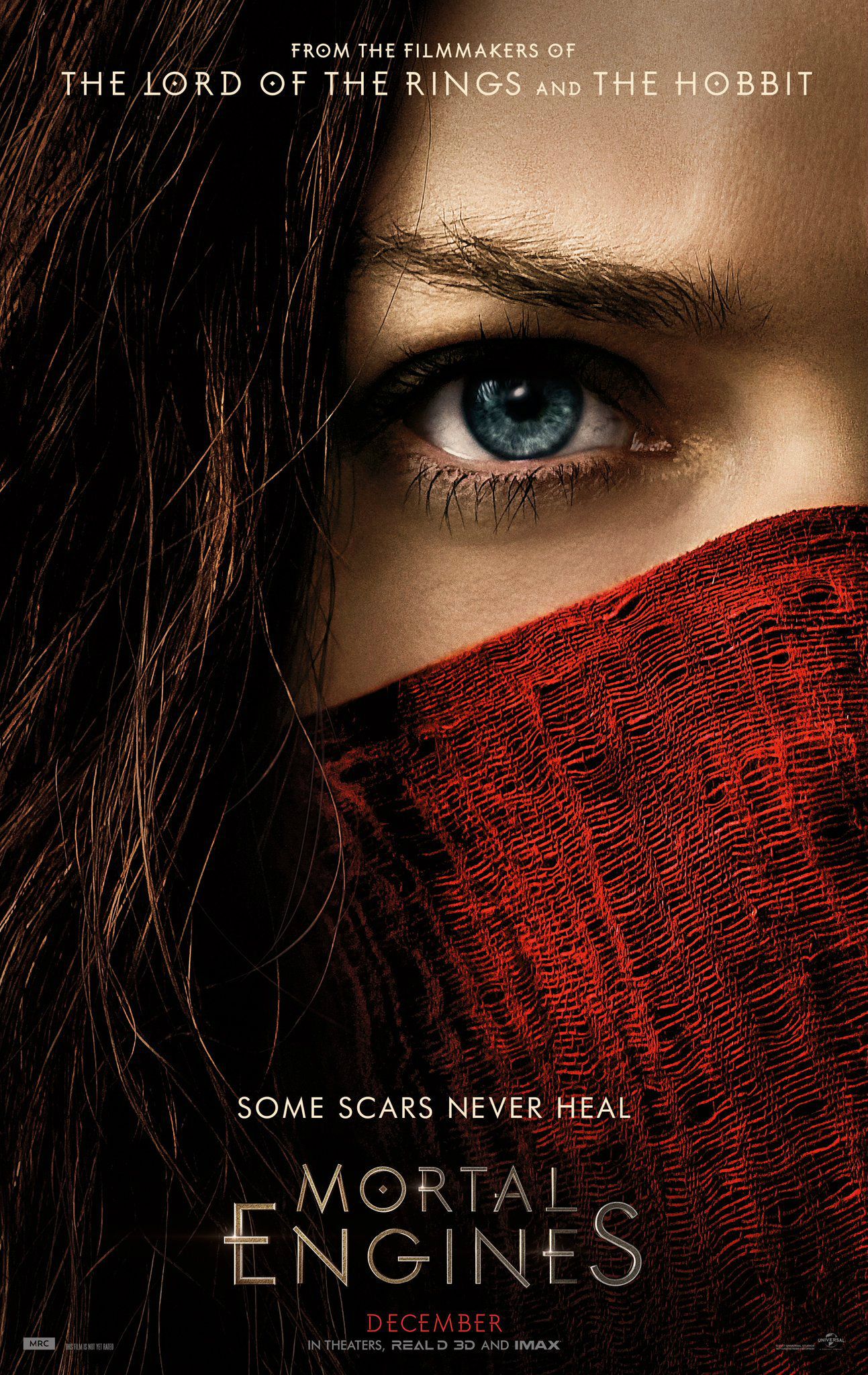Christian Rivers' Mortal Engines adaptation of Philip Reeve's 2001 novel takes place in a post-dystopian setting, but it's not a steampunk movie. Set thousands of years after a cataclysmic event that left the world dangerously limited on resources, humans have taken to giant machines in an attempt to survive. However, as massive machine cities threaten smaller moving towns, a fugitive named Hester Shaw (Hera Hilmar) ends up forming an unlikely alliance with a Londoner named Tom Natsworthy (Robert Sheehan) to rival the powers that be.
Where the big screen adaptation differs from the source material is in the post-dystopian design, particularly with regard to the steampunk aesthetic. Directed by Rivers (King Kong's Oscar-winning VFX artist) and co-written by Peter Jackson and Lord of the Rings scribes Fran Walsh and Phillips Boyens, Mortal Engines also stars Hugo Weaving, Leila George D'Onofrio, and Stephen Lang, among others.
Related: The Minions' Role In Mortal Engines Explained
Screen Rant visited the Mortal Engines set in Wellington, New Zealand, and spoke to Christian Rivers about the film. Rivers explained how the overall design of the movie won't completely align with the book. Despite the success of movies like Mad Max: Fury Road and the Hunger Games franchise, he wanted Mortal Engines to feel unique - and not quite as bleak as some other post-dystopian movies tend to feel (or even games, citing The Division). That mindset also played into the lack of steampunk that would be included in the Mortal Engines adaptation.
The movie's overall aesthetic is more aligned with whatever might have survived over the years (i.e. various London staples like double-decker buses or "old tube tunnels"). The main explicit Neo-Victorian aspect is in the inclusion of various bronze statues erected during the Victorian Age that are still standing. As far as anything that was "overtly Victorian and clockworky," the movie tries to steer clear. Rivers said:
"We just made a point, okay, let's make everything - anything that we see from our world archaeological. Like, it's about anything that is from our world is archaeological. We didn't want to make it overtly steampunk, but there is obviously in the books is a very clear... I mean, the books are very steampunk. The first one, anyway. But we also wanted to have it not as an aesthetic. And so, I kind of just caught on to what would happen if there was a nuclear-esque kind of war or a new weapon that devastated our planet and what would happen to London? And what would be left?"
The characters in Mortal Engines are meant to feel slightly hardened by all that has happened to the planet. Rather than being run-down by the world, they were described as having "moved on with their lives." This overall mindset played into the design as well, fitting in with Rivers distancing the style of Mortal Engines from other dystopian blockbuster movies.
Despite the fact that Mortal Engines is based on a young adult series, this adaptation is also attempting to evolve from the general format in which most YA movie tend to pivot towards. This movie wants to be Harry Potter meets Mad Max, per Rivers, so it'll be interesting to see how the creative team manages to devise something original. The director admitted on set that "we're still designing the film as we shoot it," so it's quite the challenge.



